The Long and Winding Road Comes to an End
April 10 marks the 50th anniversary of when the Beatles broke up.
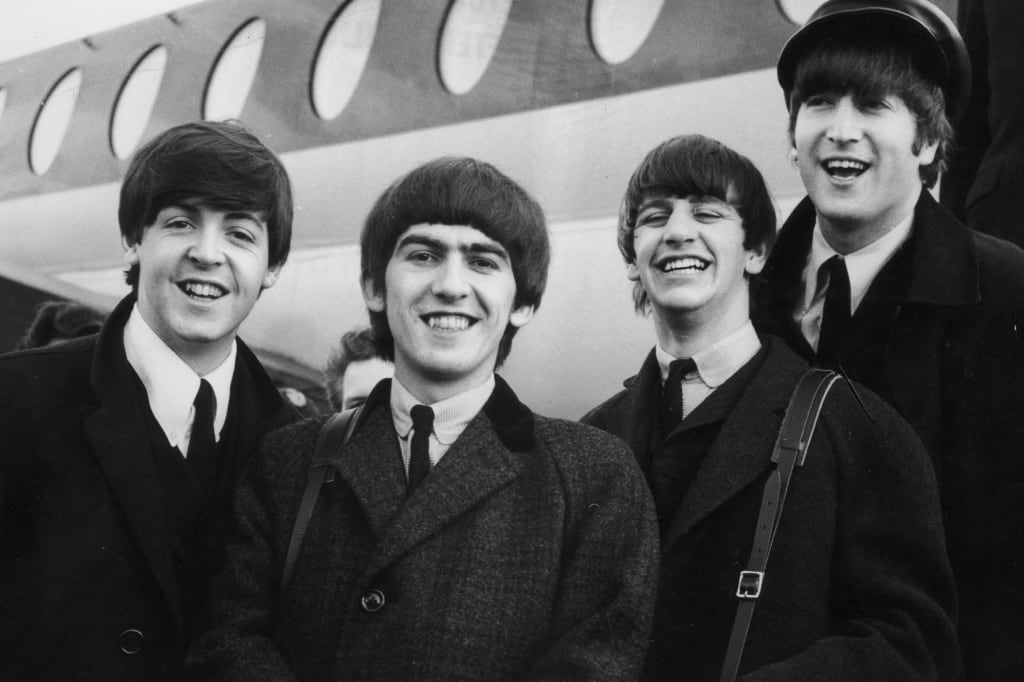
April marks the 50th anniversary of when the Beatles broke up. Although the exact date is a little fuzzy, most people point to April 10 as the official day the biggest band in the world called it quits. An article written by Don Short titled, “Paul Quits the Beatles,” was printed on the front page of the Daily Mirror.
Ever since this article was released, conspiracies have surrounded the real reason as to why the band broke up. Was it the wives? The constant arguments? Legal issues? Solo endeavours? The article mainly describes why Paul McCartney quit the band, but they all agreed on the break for a combination of the reasons listed above. The core of the group, consisting of McCartney and John Lennon, had been writing music together since 1957. The final lineup, including George Harrison and Ringo Starr, officially formed in 1962.
On such a monumental occasion, instead of focusing on the negatives, arguing over who’s fault it was that the band broke up, it’s time to take a look back at what made the Beatles so special in the first place.
Many have pinned the Beatles success on an American tragedy. President John F. Kennedy was assassinated in November 1963. The Beatles helped heal a heartbroken country and gave them a reason to smile again. While this was a significant event, it’s not the sole purpose as to why this small band from Liverpool, England blew up across the pond and around the world.
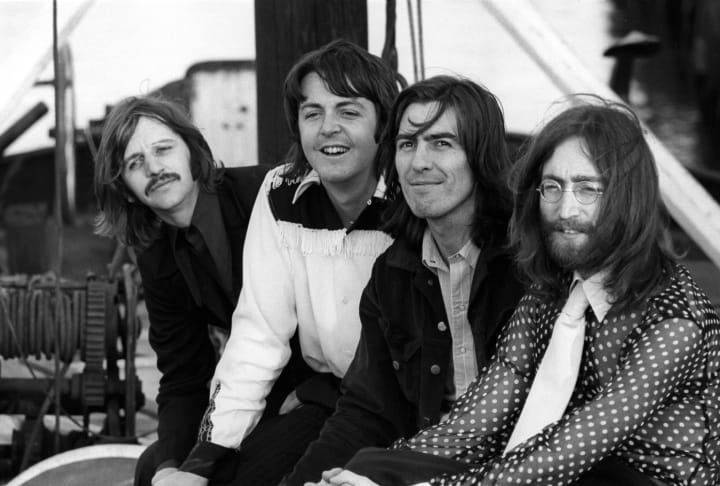
Determination
It’s hard to find a group throughout music history that was more determined than the Beatles. This is the case in multiple occasions. Before the band even signed their first record deal, they had already performed live over 600 times. And most of these performances weren’t the typical 20-minute sets they became known for. While performing in clubs all along the Reeperbahn in Hamburg, Germany, the boys would play eight hour sets, boozed up and high from whatever pills they could get their hands on. Despite whatever drugs were in their systems, they grew to know each other’s stage antics and learned to play together in unison, whatever came their way.
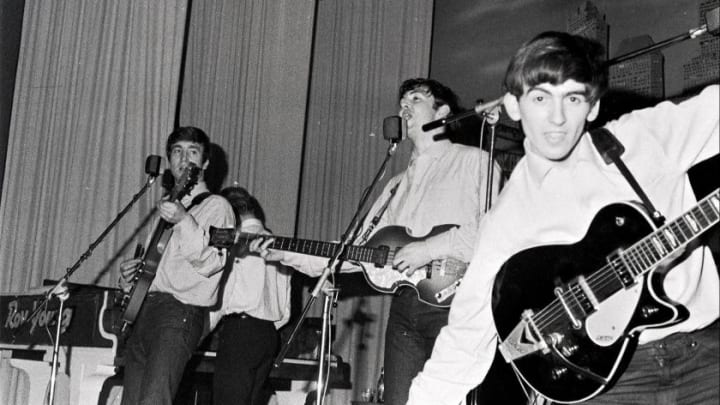
Lennon and McCartney
The greatest songwriting partnership in the history of popular music leads back to Lennon and McCartney meeting for the first time in July 1957. After their encounter at the garden fete that day, Lennon asked McCartney to join his band, called the Quarrymen. They had a connection so incredibly strong that can be traced throughout each song they wrote in the band together.
As time has passed, McCartney has grown fond of telling the story of how one lyric change made all the difference. One of the first songs the two of them wrote was “I Saw Her Standing There.” Although the bulk of the song was written by McCartney, Lennon made the suggestion of changing the line “never been a beauty queen,” to “you know what I mean.” This collaborative affair added a bit of mystery to the track and ultimately made it stand out to the other music released at the time.
“Penny Lane” and “Strawberry Fields Forever” is the Lennon-McCartney partnership at its peak. The pair never compared notes during the making of either track and yet they’ve never released two singles more in-sync with each other. Lennon wrote his track, “Strawberry Fields Forever,” while filming for How I Won the War. During downtime in his hotel room, he created simple guitar demos of this song while missing home. Once McCartney had heard the song, he knew he had to one-up Lennon in some way. “Penny Lane” was McCartney’s answer to Lennon. The two songs were supposed to be apart of an entire album filled with Liverpool-related tracks, but were released as double A-side singles instead due to time restraints.
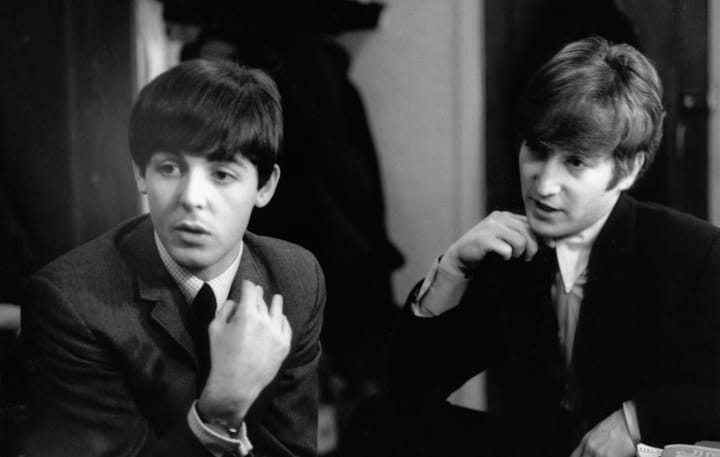
Even at the end of their partnership, McCartney remained inspired by his best friend. Anyone who knows the story behind “Hey Jude,” the Beatles' biggest hit, can still see exactly how the two of them needed each other. The song was written to comfort Lennon's son, Julian, after he had left his wife Cynthia for Yoko Ono. The time was tough for everyone, so much so that even Lennon himself related to the song.
Not only did the strength of Lennon and McCartney help the band succeed, but the belief they had in their songs was the reason why they stood out. During the 1950s and early 1960s, no one was writing their own music. Most bands were doing covers of rhythm and blues songs. The Beatles knew they had something special with their music and agreed that they must be able to record their own songs.
Signature Style
Anyone who has ever seen a photo of the Beatles probably imagines a group of four boys, sharply dressed with shaggy hair. This specific look became so distinguishable that every other group afterwards grew their hair out and traded their regular clothes for matching tailored suits.
Their signature style can be traced back to their manager, Brian Epstein. Before he came along in 1962, the band was wearing head-to-toe leather with greased hair piled high on their heads. Epstein made sure to clean up this dishevelled group of boys in order for record companies to take them seriously.
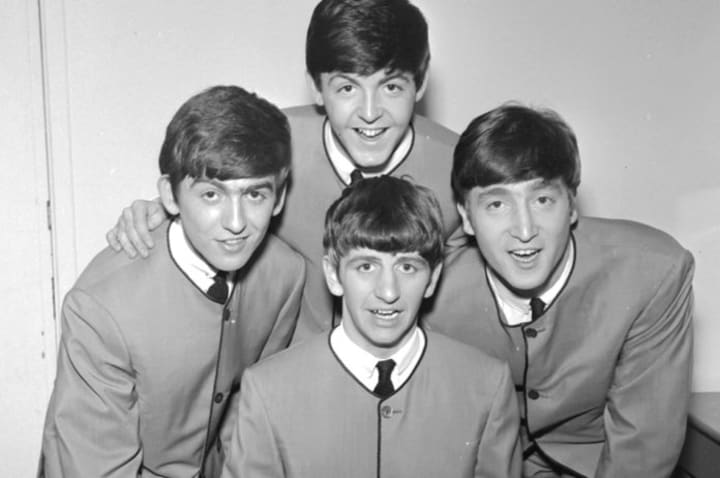
With that, the leather was traded in for custom-made suits with collarless necks, slim trousers, skinny ties and black-heeled Chelsea boots that would essentially become the defining Beatle look of the early 1960s. Establishing their signature style as a group set the tone for other bands throughout the decade. As soon as the Beatles wore their Edwardian collarless suits to concerts, it became a staple with the mod youth of the ‘60s.
And once they got tired of this look, the Beatles grew their hair even more and changed their wardrobe even more. Bright colours and loud prints brought forth Sgt. Pepper’s Lonely Hearts Club Band and 1967’s infamous “Summer of Love.” Men began to dress in more flamboyant clothes, which included floral shirts, velvet jackets, bright colours and paisley scarves.
Each step of the way, the Beatles were trend-setters. You can see so much of the story of the culture in the ‘60s through their clothes. The Beatles instigated their own revolution. In their music, fashion and life, they set the bar for others and surpassed it along the way to being the most influential band of all time.
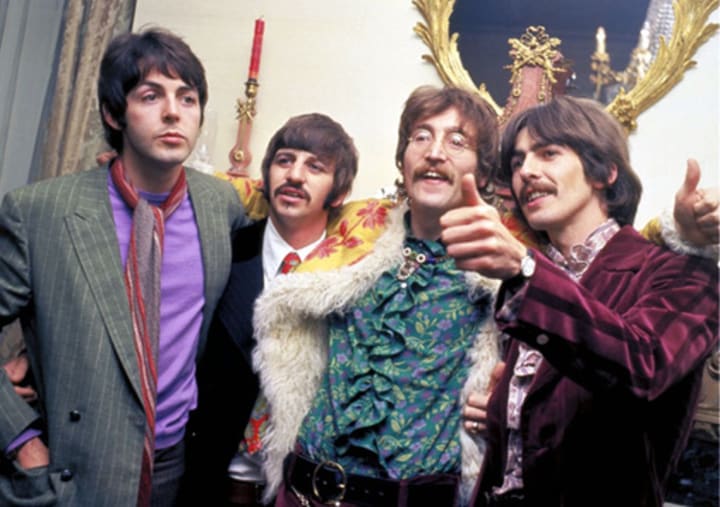
Liverpudlian Charm
Watch any Beatles interview, and there’s no way you’ll be able to turn it off. Coming from Liverpool, the fab four had a witty yet frank personality that came across extremely well on camera. They could easily charm even the most stubborn reporters with one clever line. Their lively personalities in the most peculiar circumstances allowed them to stand out far more than any other band at the time. They weren’t rude, but they knew how to give and take from the press easily.
Although the Liverpudlian humour was the norm in England, it was brand new to the press across the pond in America. The Beatles visited New York City for the first time in February 1964. Even after taking a transatlantic flight, they were the sharpest bunch in the room when it came to their press conference at the newly renamed John F. Kennedy airport. By the end of that very same trip to America, the press and fans had grown to love them tremendously.
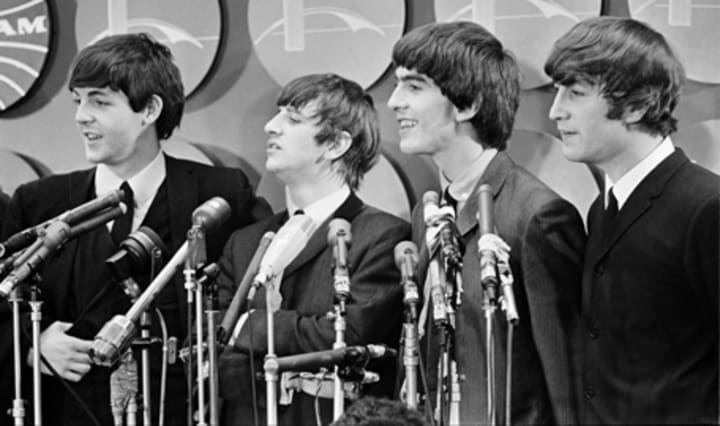
In the end, the Beatles are a group that has remained timeless over the last 50 years and will continue to inspire generations of people for years to come. They held the hands of an entire decade. They were our best friends, and they’ll remain so until the end of time. Even long after the band has stopped, once all the members have passed, the music will always be there.
As McCartney sings, “The long and winding road, that leads, to your door, will never disappear.”
Watch the accompanying video here:
About the Creator
Shandi Pace
History lover, music nerd and sports fanatic. | Instagram & Twitter: @shandipace, YouTube: https://www.youtube.com/shandipace







Comments
There are no comments for this story
Be the first to respond and start the conversation.